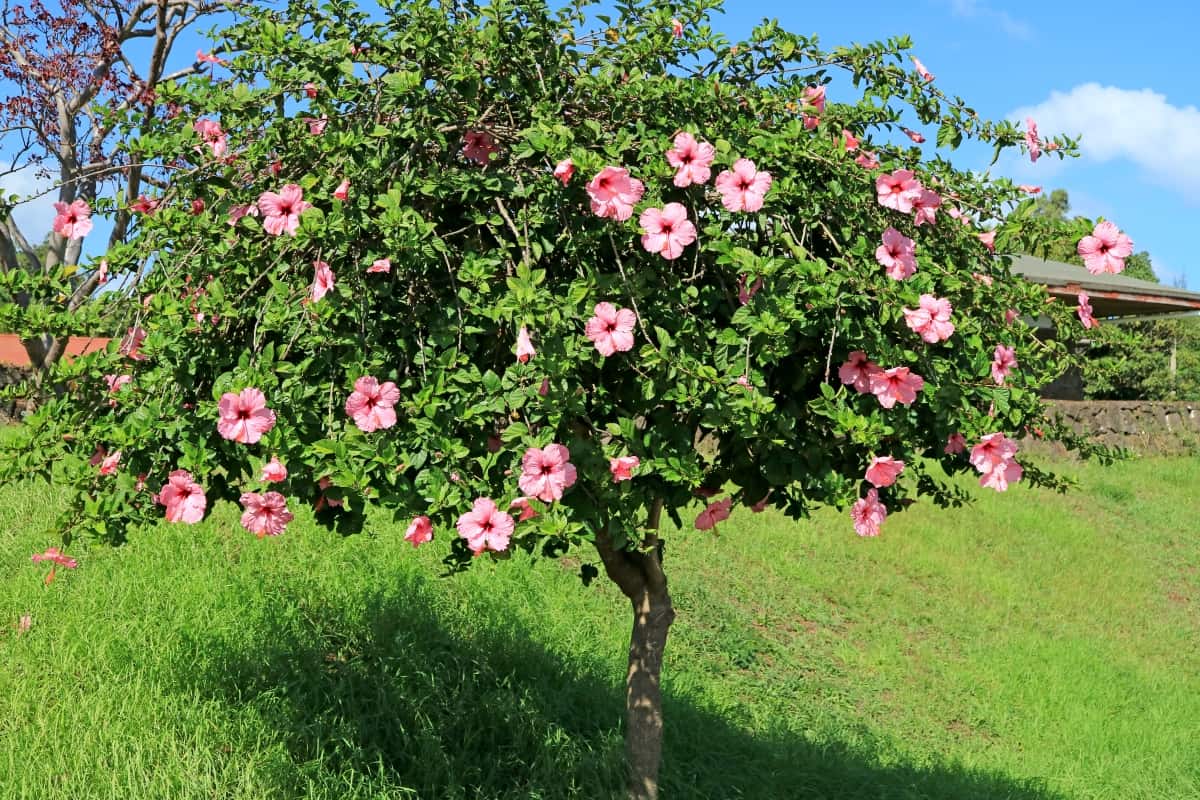When planning a garden, it's essential to understand the concept of growing zones.
Also known as USDA Plant Hardiness Zones, these zones provide valuable information on which plants will thrive in your region, ensuring the success of your gardening endeavors.
This comprehensive guide will introduce you to the USDA Plant Hardiness Zones and how to use them to cultivate a flourishing garden.

Understanding USDA Plant Hardiness Zones:

The USDA Plant Hardiness Zone Map is a valuable resource for gardeners and horticulturists. It divides North America into 13 zones based on average annual minimum winter temperatures.
Each zone is 10°F (5.6°C) warmer or colder than the adjacent zone, with Zone 1 being the coldest and Zone 13 the warmest.
The zones are further divided into "a" and "b" sub-zones to provide even more precise temperature data, but for this article, we will look at the basic 13 zones.
Using the USDA Plant Hardiness Zone Map
Find your zone
To determine your planting zone, visit the USDA website and enter your zip code. Your zone will provide you with essential information on which plants are most likely to thrive in your region.
Choose appropriate plants

After identifying your zone, select plants that are well-suited to your region's climate. Consider factors such as sunlight, soil type, and moisture levels.
Plant at the right time

The planting zone map can also help you determine the optimal time to plant, as it provides information on the last average frost date in spring and the first average frost date in fall.
This information allows you to choose the best time to plant your garden to ensure your plants have enough time to grow and mature before colder weather sets in.
Adapt to microclimates

Keep in mind that even within a single zone, there may be microclimates or variations in temperature and weather conditions.
Factors such as elevation, proximity to bodies of water, and urban heat islands can create microclimates that may affect plant growth. Be observant and adjust your planting strategies accordingly.
A Closer Look at the Zones
Here's a brief overview of the 13 USDA Plant Hardiness Zones and the types of plants that thrive in each zone:
Zone 1

With average minimum winter temperatures below -50°F (-45.6°C), Zone 1 is the coldest region. Hardy plants like lichens, mosses, and some conifers can survive these extreme conditions.
Zone 2

With minimum temperatures between -50°F and -40°F (-45.6°C and -40°C), Zone 2 requires hardy, cold-tolerant plants like aspen, spruce, and juniper.
Zone 3

In Zone 3, minimum temperatures range from -40°F to -30°F (-40°C to -34.4°C). Plants like raspberries, rhubarb, and certain apple varieties thrive in this zone.
Zone 4

With minimum temperatures between -30°F and -20°F (-34.4°C and -28.9°C), Zone 4 supports plants like cherries, plums, and many types of hardy perennials.
Zone 5

In Zone 5, minimum temperatures range from -20°F to -10°F (-28.9°C to -23.3°C). Plants such as crabapples, peonies, and daylilies can thrive here.
Zone 6

With minimum temperatures between -10°F and 0°F (-23.3°C and -17.8°C), Zone 6 is suitable for plants like Japanese maples, roses, and many types of vegetables.
Zone 7

In Zone 7, minimum temperatures range from 0°F to 10°F (-17.8°C to -12.2°C). This zone is ideal for growing plants like figs, hydrangeas, and crape myrtles.
Zone 8

With minimum temperatures between 10°F and 20°F (-12.2°C and -6.7°C), Zone 8 supports a wide range of plants, including camellias, magnolias, and citrus trees.
Zone 9

In Zone 9, minimum temperatures range from 20°F to 30°F (-6.7°C to -1.1°C). This zone suits tropical and subtropical plants like bougainvillea, palms, and oleanders.
Zone 10

With minimum temperatures between 30°F and 40°F (-1.1°C and 4.4°C), Zone 10 is ideal for growing plants like hibiscus, avocado, and mango trees.
Zone 11

In Zone 11, minimum temperatures range from 40°F to 50°F (4.4°C to 10°C). This zone supports many tropical plants like bananas, papayas, and orchids.
Zone 12

With minimum temperatures between 50°F and 60°F (10°C and 15.6°C), Zone 12 is suitable for a variety of tropical and subtropical plants like coconut palms, passionfruit, and plumeria.
Zone 13

In Zone 13, the warmest zone, minimum temperatures are above 60°F (15.6°C). This region supports a wide range of tropical plants like taro, breadfruit, and sugarcane.
“Zone In” to Success
Understanding the USDA Plant Hardiness Zones is crucial for the success of your garden.
By choosing plants that are well-suited to your region's climate and planting them at the right time, you can enjoy a thriving garden that showcases a variety of beautiful and productive plants.
Take your gardening to new heights by exploring these additional articles:
Zone 4 Perennials For Wet Areas
Zone 5 Perennials That Bloom All Summer


